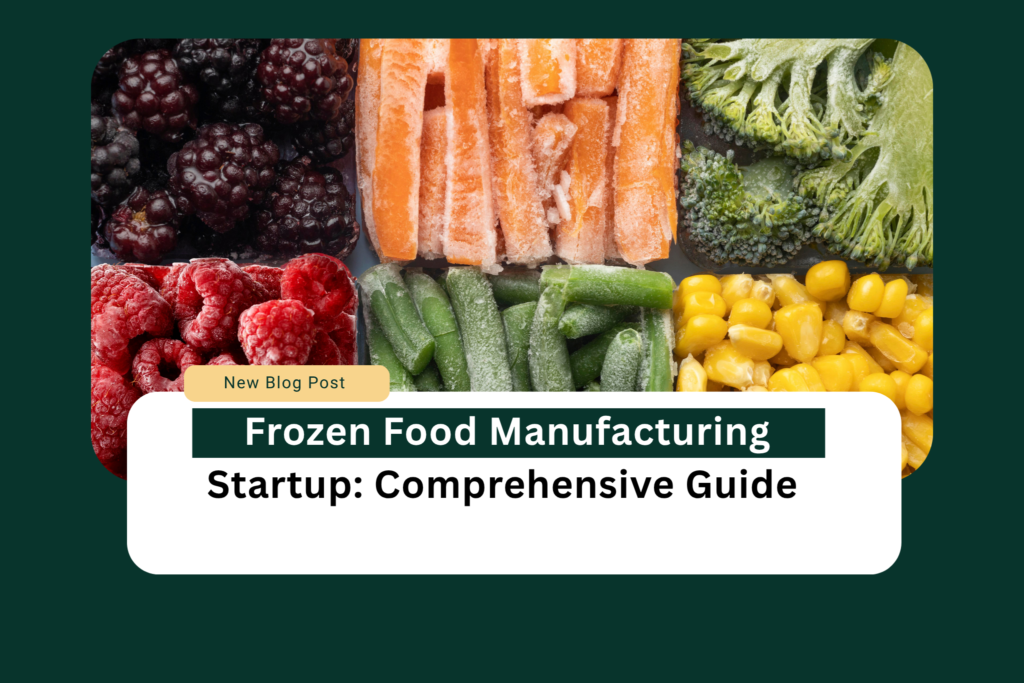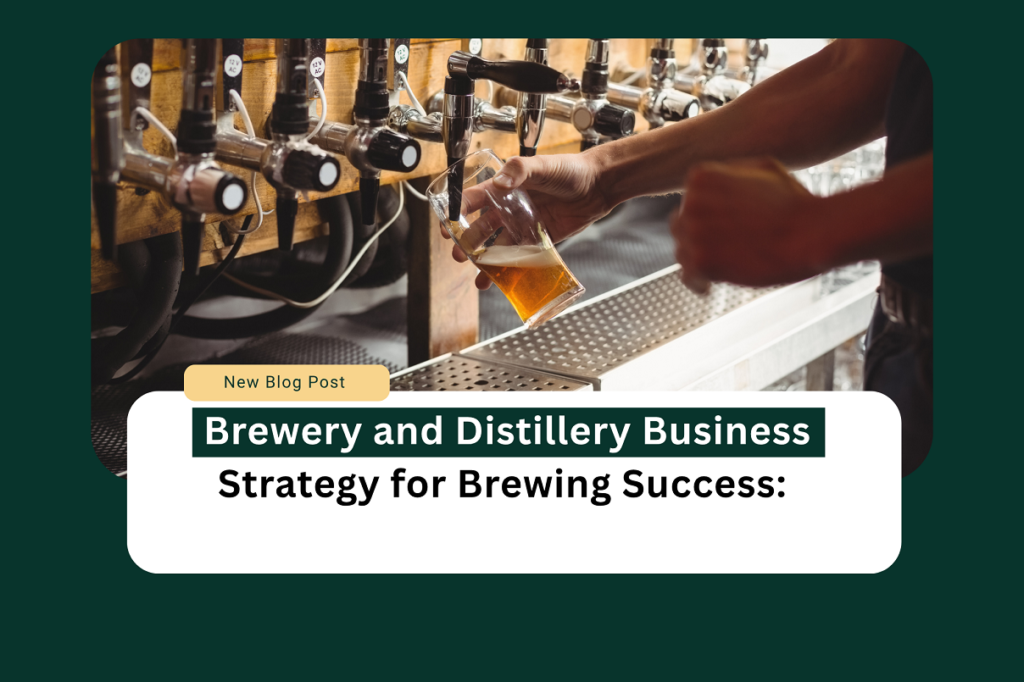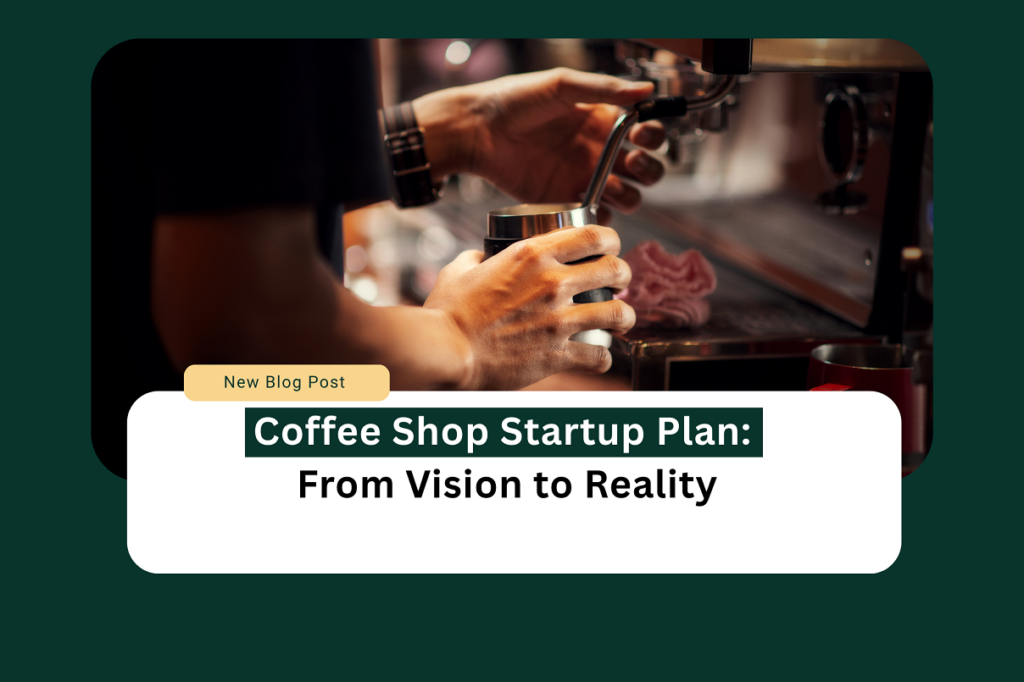Introduction
The frozen food manufacturing industry provides an active and financially rewarding business prospect to those who understand its multifaceted challenges. Entrepreneurs should consider the frozen food market because experts predict it will grow to $454.26 billion by 2028 at a 4.2% CAGR rate. The establishment of frozen food manufacturing startups provides entrepreneurs with an innovative solution to fulfill growing consumer requirements for convenient high-quality meal solutions that save time.
Understanding the Frozen Food Manufacturing Market Landscape
The food manufacturing industry has experienced major changes in recent years because frozen food has become an essential segment that fulfills the modern lifestyle requirements of consumers. Data from the American Frozen Food Institute shows that 94% of Americans maintain frozen foods in their residences thus indicating substantial business potential for new entrepreneurs. The frozen food manufacturing sector presents substantial business opportunities because companies that innovate and position strategically with high-quality products can achieve outstanding success.
The successful operation of frozen food manufacturing depends on a complete knowledge of market patterns and consumer demands alongside regulatory standards. To succeed in frozen food manufacturing entrepreneurs need to create an integrated business approach which includes developing new products, designing packaging systems and managing distribution networks and marketing initiatives. The first step requires extensive research of markets to discover new opportunities and learn consumer behavior patterns and distinct features of your products relative to present marketplace competitors.
Developing a Robust Business Plan
A frozen food manufacturing startup needs a well-developed business plan to succeed. Your business document should present your special selling points together with market segment information, financial predictions, and operational execution details. Startups that create thorough business plans according to McKinsey research gain a 30% higher chance of obtaining funding while ensuring long-term expansion.
Your business plan requires complete financial forecasting which includes startup expenses along with operational costs, equipment investments and predicted revenue streams. You should analyze needs including manufacturing facilities, cold storage systems, transportation systems, and packaging solutions.
Navigating Regulatory Compliance and Food Safety Standards
The frozen food manufacturing industry operates under strict regulations that demand total compliance with food safety standards and government regulations. Food production and distribution along with processing and packaging must follow the strict standards defined by the Food and Drug Administration. To succeed in the frozen food manufacturing industry entrepreneurs need to acquire essential certifications while establishing thorough quality control procedures and maintaining flawless hygiene standards.
Food safety consultants together with advanced quality management systems enable entrepreneurs to optimize their compliance procedures. These professionals will help you navigate through complicated regulations by making sure your frozen food manufacturing startup follows all requirements while keeping consumers confident in your products.
Product Development and Innovation
The frozen food manufacturing industry depends on innovation to reach its success milestones. The market demands food products that provide health benefits alongside diverse meal varieties and easy accessibility. According to Nielsen consumer research 63% of people choose frozen food products which present both clean labeling and reduced processing methods. The changing dietary patterns create a market opening that allows manufacturers to create special product ranges that align with consumer preferences.
Your company should dedicate resources to research and development efforts to produce special products. The expansion of your frozen food business should target specific markets by developing products for plant-based diets together with ethnic food choices, organic ingredients, and tailored dietary solutions. The team should work together with food technologists, nutritionists, and culinary experts to create recipes that maintain a balance between taste nutrition and convenience.
Equipment and Infrastructure Investments
A successful frozen food startup requires a well-developed manufacturing system. The startup requires industrial freezers as well as packaging machines, quality control systems,s, and transportation refrigeration units. Your startup costs will start from $250,000 to $1.5 million based on the size and complexity of your manufacturing setup.
The startup should begin by leasing equipment to cut down on initial costs and maintain funds for essential business development needs. Create partnerships with equipment manufacturers to access financing options that will help you obtain the required technological equipment while maintaining your financial stability.
Marketing and Distribution Strategies
Your frozen food brand needs effective marketing to stand out among market competitors. Create a strategic marketing approach that uses digital platforms together with social media engagement along with targeted advertising. Your marketing must emphasize what makes your frozen food products special including their nutritional content, sustainable packaging, and creative flavor options.
Your company must form strategic partnerships that include grocery chains as well as online retailers and food distribution networks. Your business can generate new income through e-commerce platforms and direct customer sales which will help you reach more customers. The success of your startup depends heavily on your ability to understand consumer behavior and make appropriate marketing decisions.
Financial Management and Funding Options
The process of obtaining sufficient funding presents significant obstacles for new frozen food manufacturing companies. Your startup should research multiple funding options which include obtaining money from angel investors alongside venture capital along with small business loans and government grants. Food manufacturing entrepreneurs can access different financial programs through the Small Business Administration (SBA) which provides specific funding options for their industry.
The company needs to keep perfect financial records while creating realistic revenue forecasts and showing how it will become profitable. The business model requires thorough examination from both investors and financial institutions to maintain clear transparency while developing strategic plans.
Conclusion: Embracing the Frozen Food Manufacturing Journey
Starting a frozen food manufacturing startup needs both passion and strategic thinking together with strong commitment. Entrepreneurs who master market trends and set high-quality requirements while developing ongoing innovations will establish themselves as successful players in this dynamic industry. The frozen food manufacturing industry presents vast opportunities to investors who dedicate time as well as funding and creative thinking.
This extensive guide should provide essential knowledge for starting a successful frozen food manufacturing business. Please use the comment section to express your thoughts and experiences as well as ask questions. Share this article across your social media networks to help upcoming food manufacturing entrepreneurs reach their goals.
FAQ
What amount of funding must I begin with for establishing a frozen food manufacturing business? The initial costs to start a frozen food manufacturing business fall between $250,000 and $1.5 million based on your production scale and necessary equipment and facilities alongside capacity requirements. The start-up budget should include expenses for manufacturing equipment facility rental, initial inventory licensing fees, and marketing costs.
What stands as the essential set of food safety certifications that a frozen food business requires? A frozen food business requires three essential certifications, which include HACCP (Hazard Analysis Critical Control Point), FDA Food Safety Modernization Act (FSMA) compliance, and potentially GFSI (Global Food Safety Initiative) certification. These certifications validate your dedication to upholding stringent food safety measures.
How long does it take to launch a frozen food manufacturing startup? The transition from planning to operational readiness requires 12 to 18 months for a frozen food business. Market research and business planning must be followed by funding acquisition and permit procurement infrastructure setup and initial product development.
Which categories within frozen food products deliver the highest profitability? The leading profitable frozen food categories right now consist of plant-based meals and international cuisine together with organic options, quick-preparation meals, and specialty dietary products which include gluten-free and keto-friendly frozen foods.
What strategies can I use to establish uniqueness for my frozen food brand among existing market competition? Businesses should concentrate on specific selling points that include creative flavors, clear ingredients, sustainable packaging, customized dietary choices, and local procurement or targeted nutritional solutions for their chosen consumer groups.
Read More : Eco-friendly home construction business outline








